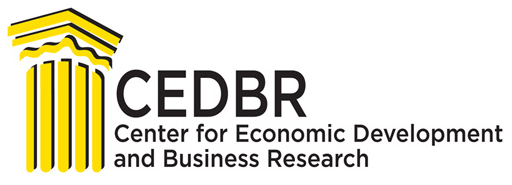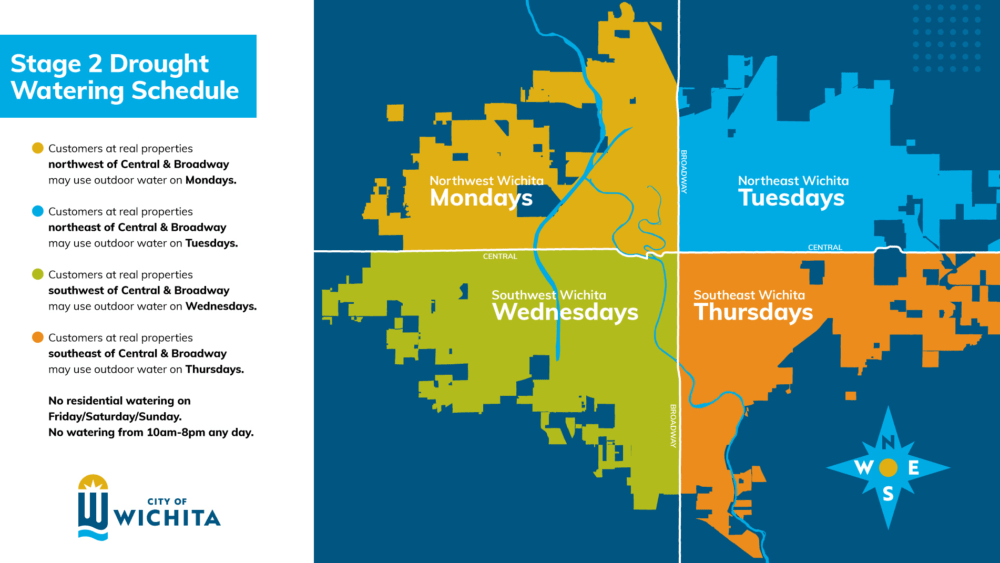A report from Wichita State University is projecting that the Kansas population will grow by more than 469,000 residents in the next 50 years.
The report is from the WSU Center for Economic Development and Business Research. It is a forecast of population growth for different regions in Kansas by race, Hispanic origin, age, and sex. The projections utilize comprehensive data on statewide and regional population, birth, mortality, and migration rates for various demographic groups.
The state population is forecasted to grow by 16 percent from 2022 to 2072, with a growth rate of 0.3% each year, representing a modest decline from the higher growth rate experienced between 1960 and 2010 (0.54%), though markedly higher than the 0.3% annualized growth seen between 2010 and 2022.
For the report, Kansas is divided into nine regions: Kansas City, North Central, Northeast, Northwest, South Central, Southeast, and Southwest. Approximately 54.5% of the state’s population is concentrated in the Kansas City and South Central regions as of 2022, corresponding to the largest two metropolitan areas surrounding Kansas City and Wichita. By 2072, that share is expected to grow to 60%.
The report said while the major metro regions are expected to grow well in excess of the state’s average population growth, the Northwest and Southeast regions are forecast to decline by 16.2% and 12.9%, respectively, through 2072. Of Kansas’ forecasted net increase of 469,986 residents by 2072, the Kansas City and South Central regions alone account for 443,638.
Even within each of these regions, the growth trends differ over time. While Kansas City and South Central Kansas each present relatively solid growth trends, Southwest Kansas changes from a growth trend to near stagnant in the latter half of the forecast. Northwest and Southeast Kansas, despite overall decline through 2072, experience dramatically slower growth in the latter half of the forecast as diversifying communities bolster growth, and the “echo boom” effect of Baby Boomers’ and early Gen-Xers’ grandchildren themselves having children takes root. An even more pronounced example of this is seen in North Central Kansas, which shifts from a decline to a growth trend in 2052. The broader state average trend is that growth rates see a moderate uptick in the mid-century.
The report said Kansas will undergo significant changes in its population distribution and demographic composition over the next five decades. Understanding these trends will be crucial for policymakers and businesses to plan and address these shifts’ unique challenges and opportunities.







